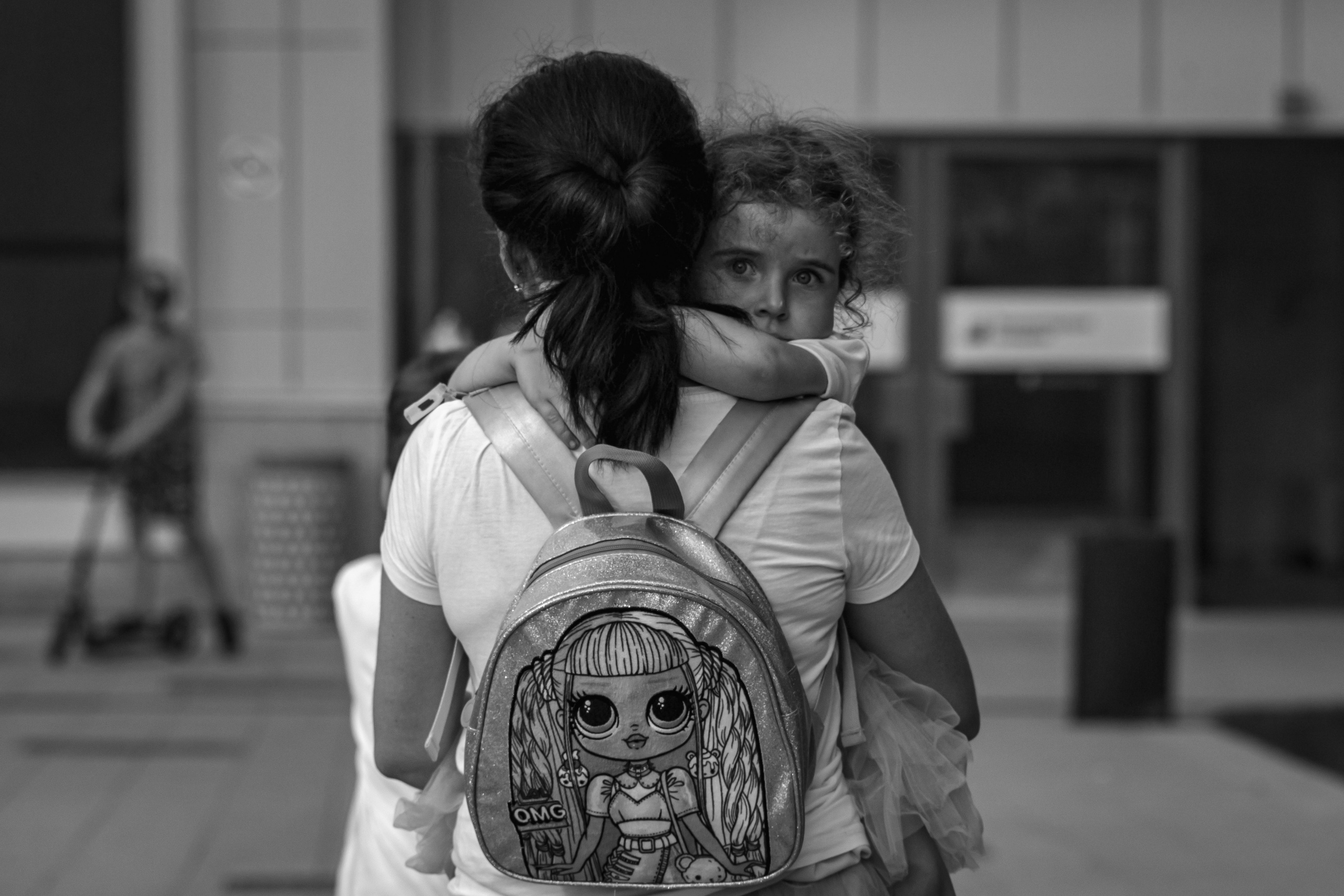Portrait photography
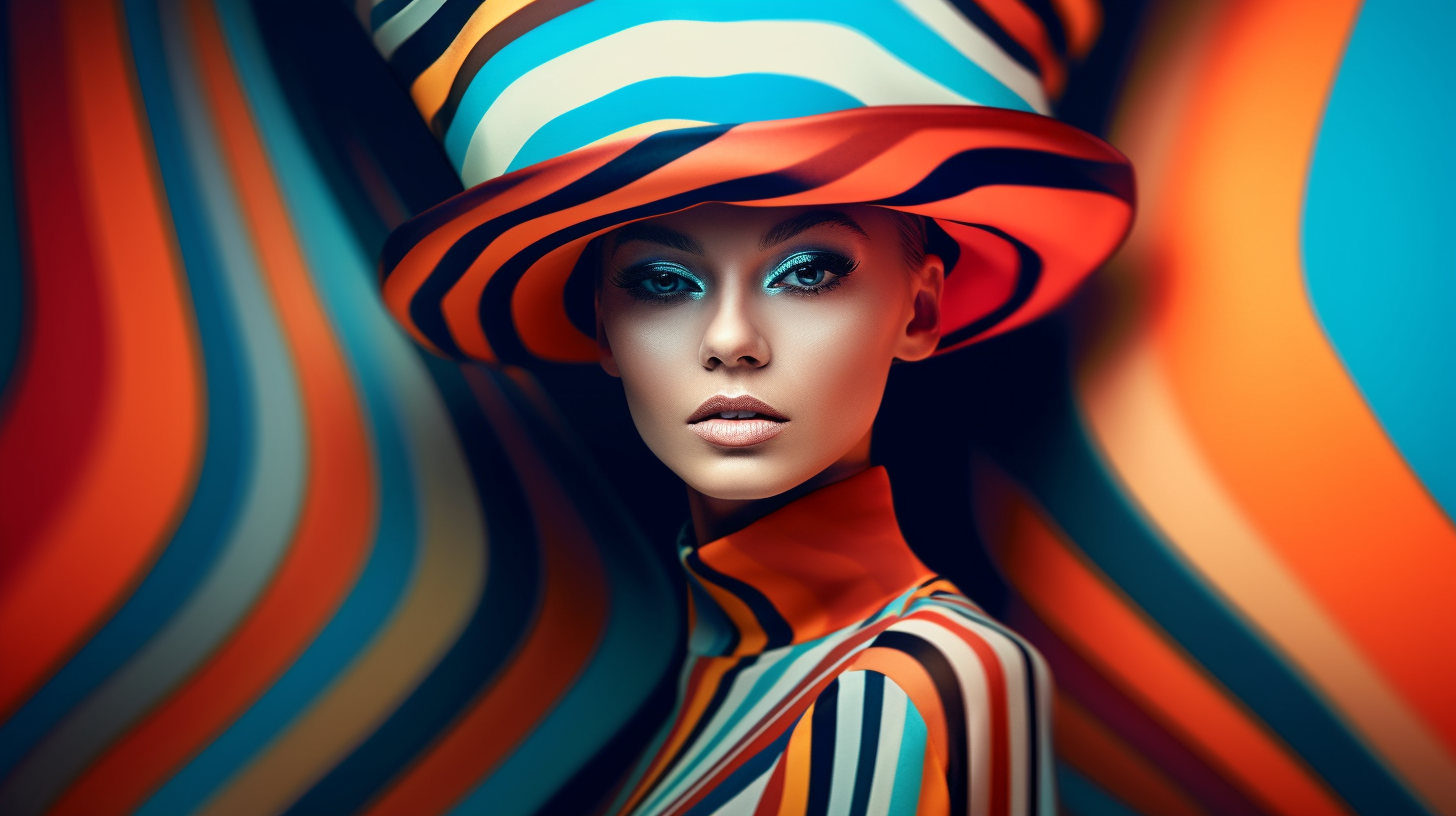
Disclaimer
This article about portrait contains my personal opinion, which does not claim to be truly unique in the whole World, but forms my own view on the topic of portrait photography.
Popular question
I was prompted to write this article about portrait photography by two topics, and the first of them is a popular question from models to the photographer. No, it’s not “When will you send the pictures?” and not even “Will you post the sources?” It was one of my first photo sessions in the studio, and at the end of the second hour I heard the phrase: “Will you take a portrait for me?” Hmmm, did I photograph the landscape before this? — the thought flashed through my head, but I didn’t show it, because the logical chain of this phrase closed quite quickly. Did. Further in the text you will understand what is going on. After that, I had hundreds of different photo sessions, the main object of which was the person being staged, and with enviable regularity I was faced with this question in one way or another. Most often, of course, I had a desire to answer this question and I described and showed everything in detail.
And some time ago I came across an “entertaining” article on the Internet, where the author (or the entire portal where this is posted, because it was not possible to find out whose opinion this was) smashes the word portrait, portraiture, portrait photography to shreds. This text affirms a similar misconception, but in a very categorical and not beautiful form. This became the second topic because of which I am writing my story.
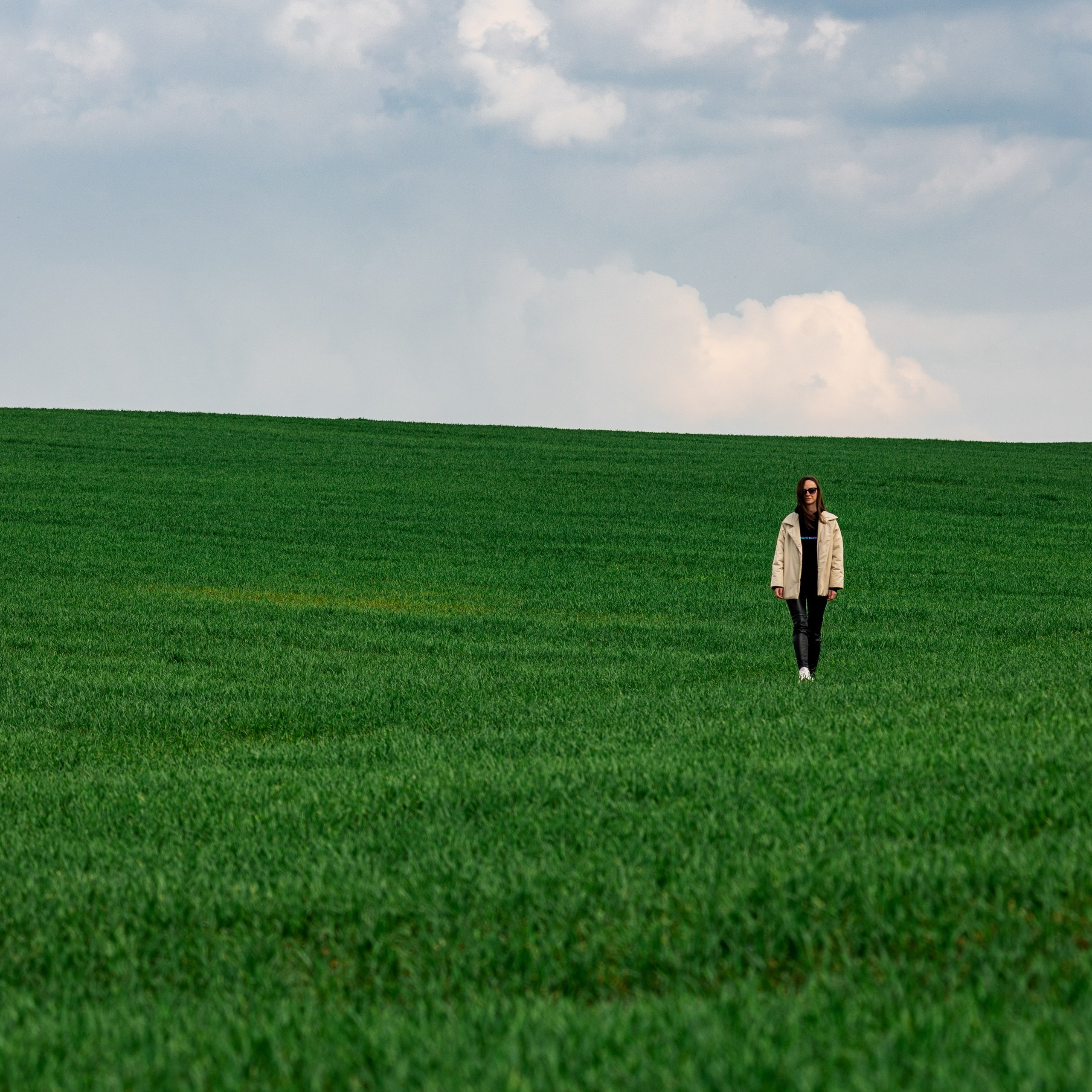
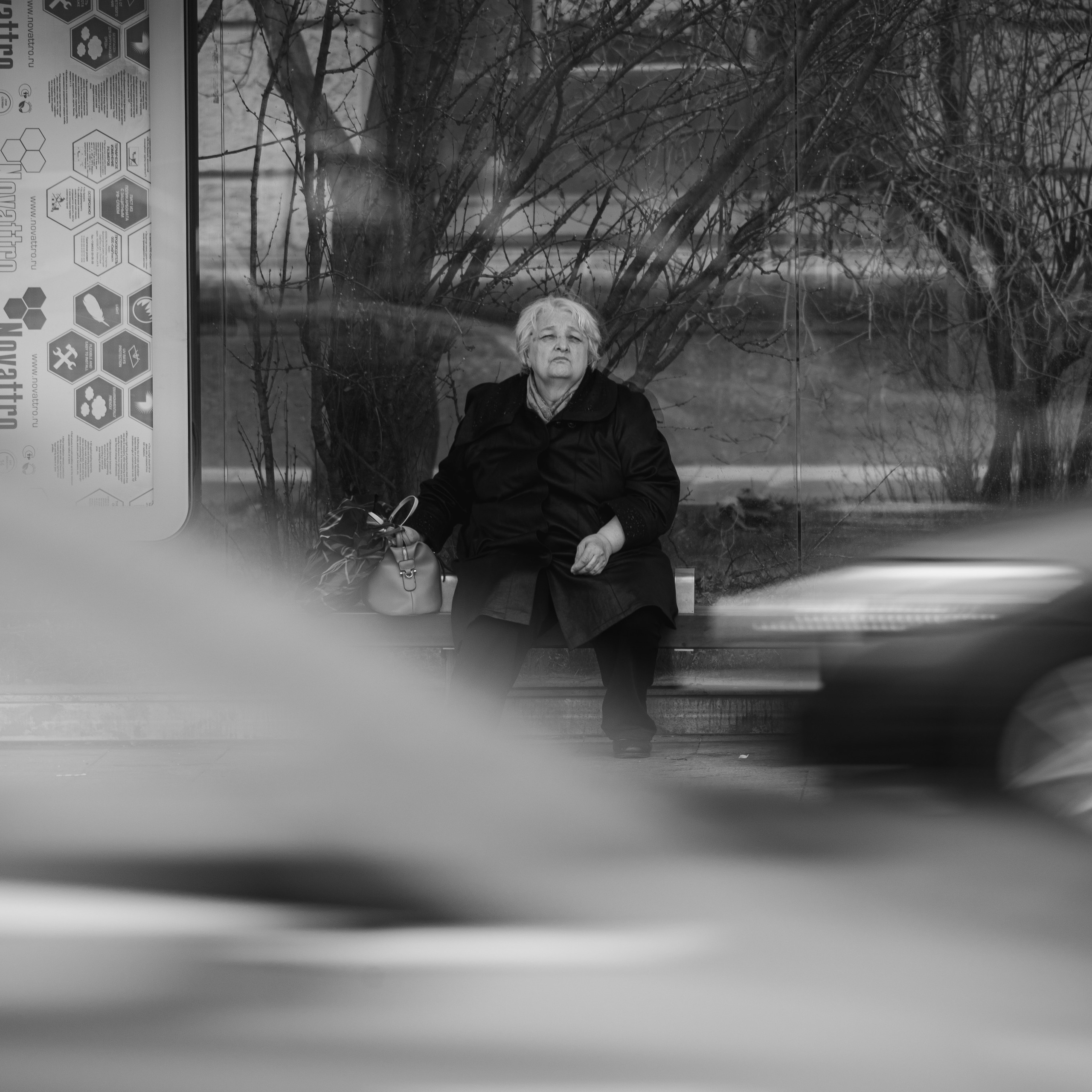
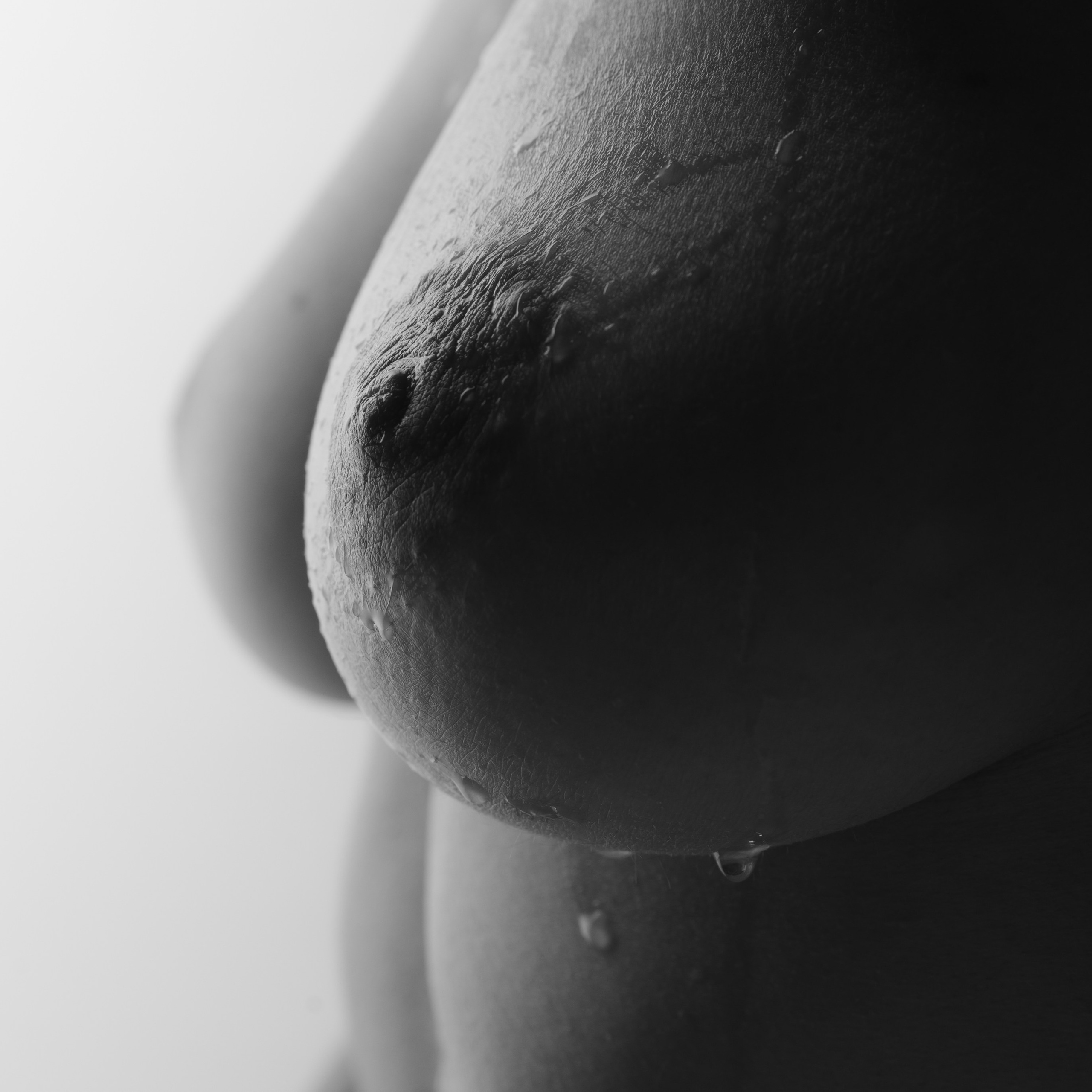
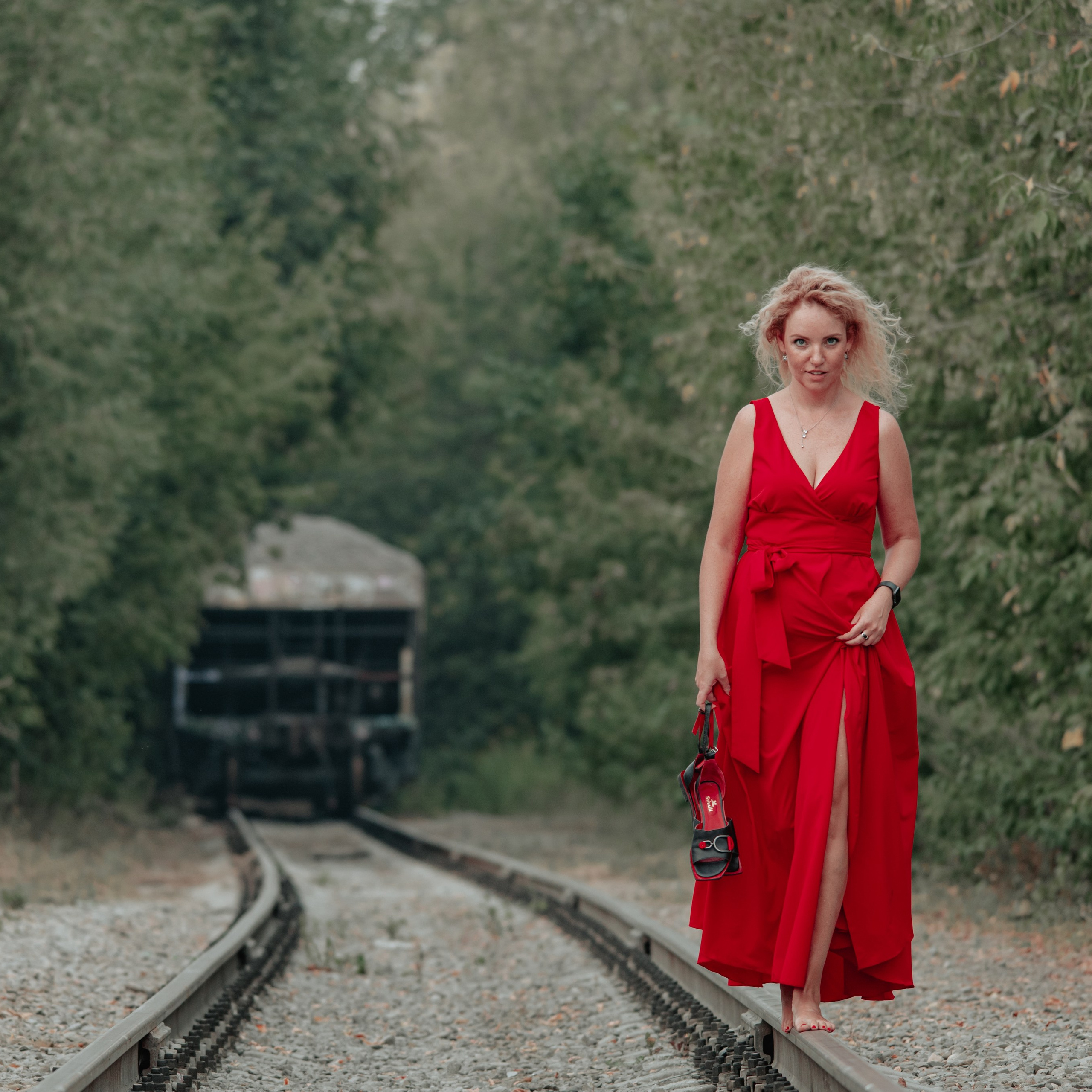
A collection of random photographs, a casual viewer might say. Portrait photography, I tell you. Yes, all four of my photographs above are photographs in the “portrait” genre. Now that your attention is focused and your curiosity is high, let’s go over the hard facts.
It’s no secret that photography is a much younger creativity compared to fine art. Many terms, rules, rationales, photo processing, and so on, were taken from art. Including a portrait.
A portrait is a picture of a person. So the Oxford Dictionary tells us. A portrait is a genre dedicated to a person or group of people. The Great Russian Encyclopedia tells us this, in case the previous source was not so authoritative for you. In both cases I place a conscious emphasis on the word “man.” Accordingly, any photograph where a person is present and he is the conscious main object is a portrait. Moreover, it can be conscious both on the part of the photographer and/or viewer, and on the part of the photographed object. In the first photo, your gaze first fell on the girl on the right, and then you began to look at the green grass, the sky and other details. In the second photo, you first see a clear image of a woman in the middle of the frame, and then blurry cars and trees behind the bus stop. The third photo is of a woman. Women’s breasts. A part of the body, a torso, a detail, an organ — you can call it whatever you like, but it is a part of a person, because you clearly and consciously understand that it is a person in the photo, and not a gel pen or a sunrise. A fragmentary portrait, if you go into the types of portraits. The fourth photo shows a full-length man. And here I will talk about popular types of portraits in photography.
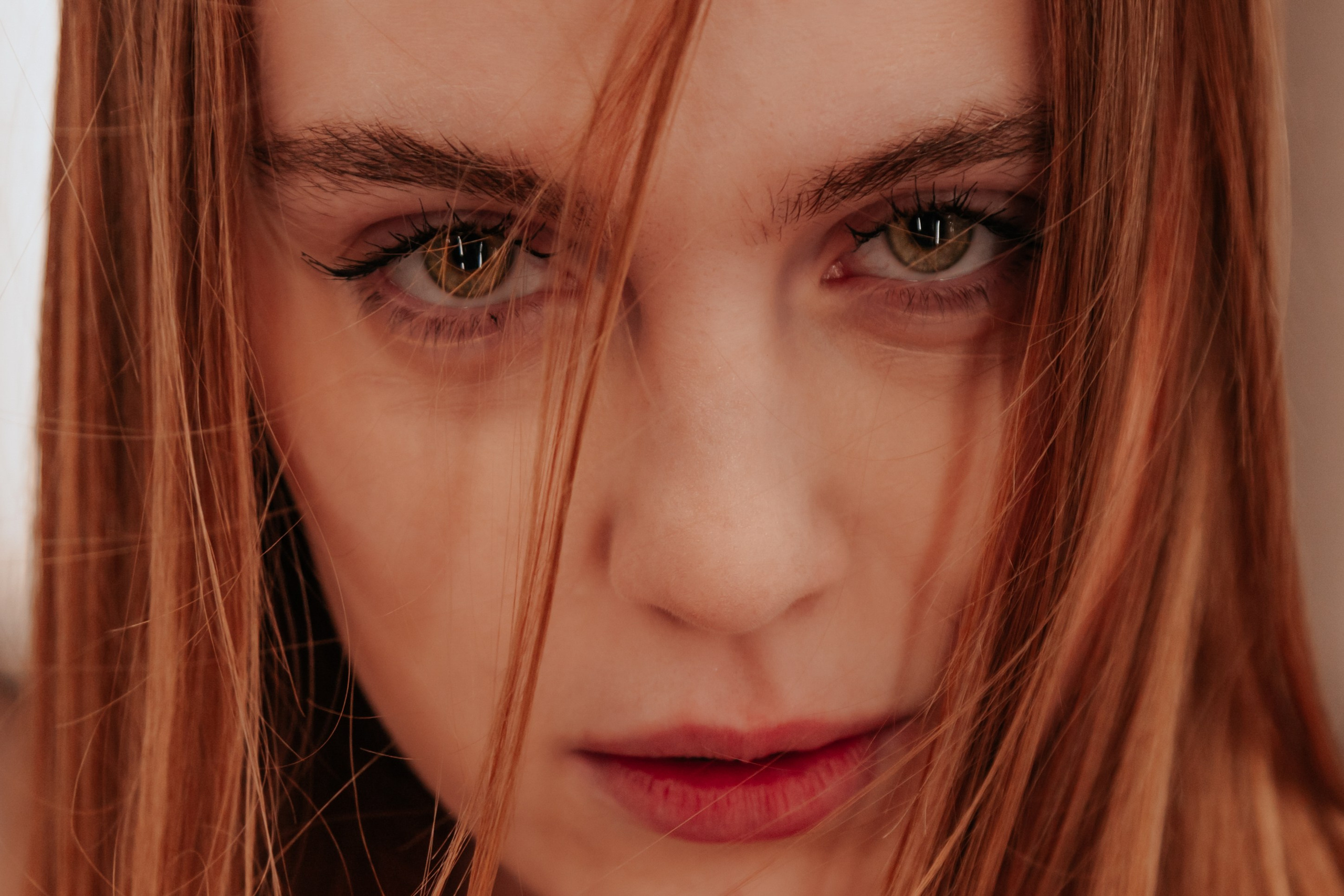
Here’s a classic example of what some people mean by portrait. Close-up photo of a face. Yes, some people imagine the face in full volume, some want the shoulders to be in the frame too, but everyone means a very large, close shot. How to use a passport ©
In photography, the following types of portraits are popular and widespread: head portrait, chest portrait, shoulder portrait, half-length portrait, full-length portrait. The genre of shooting in a studio or street can be fashion, artistic, love story or nude, and all this is a portrait, because in the photograph the main object is a person. A photograph of a person on the street or against the backdrop of a city, mountains, or the moon is a portrait. A general photograph of your work team in the office is a portrait. A photograph of a rugby player on the field, reaching for the ball during a game — a portrait. Selfie on the phone at arm’s length is a portrait. Street portrait, group portrait, reportage portrait, self-portrait.
Then any photograph can be adjusted to a portrait in one way or another, you say. No. With architectural and landscape photography, it is clear that if the frame shows Moscow City or the Andes, without people, then this is not a portrait. If the photo is a busy street, an intersection in Tokyo, where there are a lot of chaotic people, then it is a street. But if we see a focus on a specific person on a photo card, even if he is standing against the backdrop of mountains that occupy most of the frame, then this is a portrait. A photograph with a person as the main subject is a portrait.
Now let’s return a little to my second topic, because of which I am writing my thoughts. It condemns the relation of the term “portrait” to those photographs if the person does not know that he is being photographed. I argue that the awareness of shooting can be both from the perspective of the photographed object and from the perspective of the photographer. Equally and separately. If I photograph a person on the street, even unnoticed by him, then this is a portrait. Because I want to convey, and I convey, in this photograph not the surrounding street environment, not the architecture and not the landscape, but precisely the emotions and expression of a person at this moment.
In conclusion, I want to say that the portrait genre in photography (not to be confused with painting) is not very delimited and not delineated by rules, laws and codes on the one hand, and at the same time is quite understandable if we take as an axiom the logical concept of a person. For example, the painting “Girl with Peaches” is perceived by many as a still life. In photography it is 100% portrait. Even if, in addition to the three existing peaches, you add 14 more. It’s not the place that makes the man…
Write a comment below, what is your vision on this topic?!
